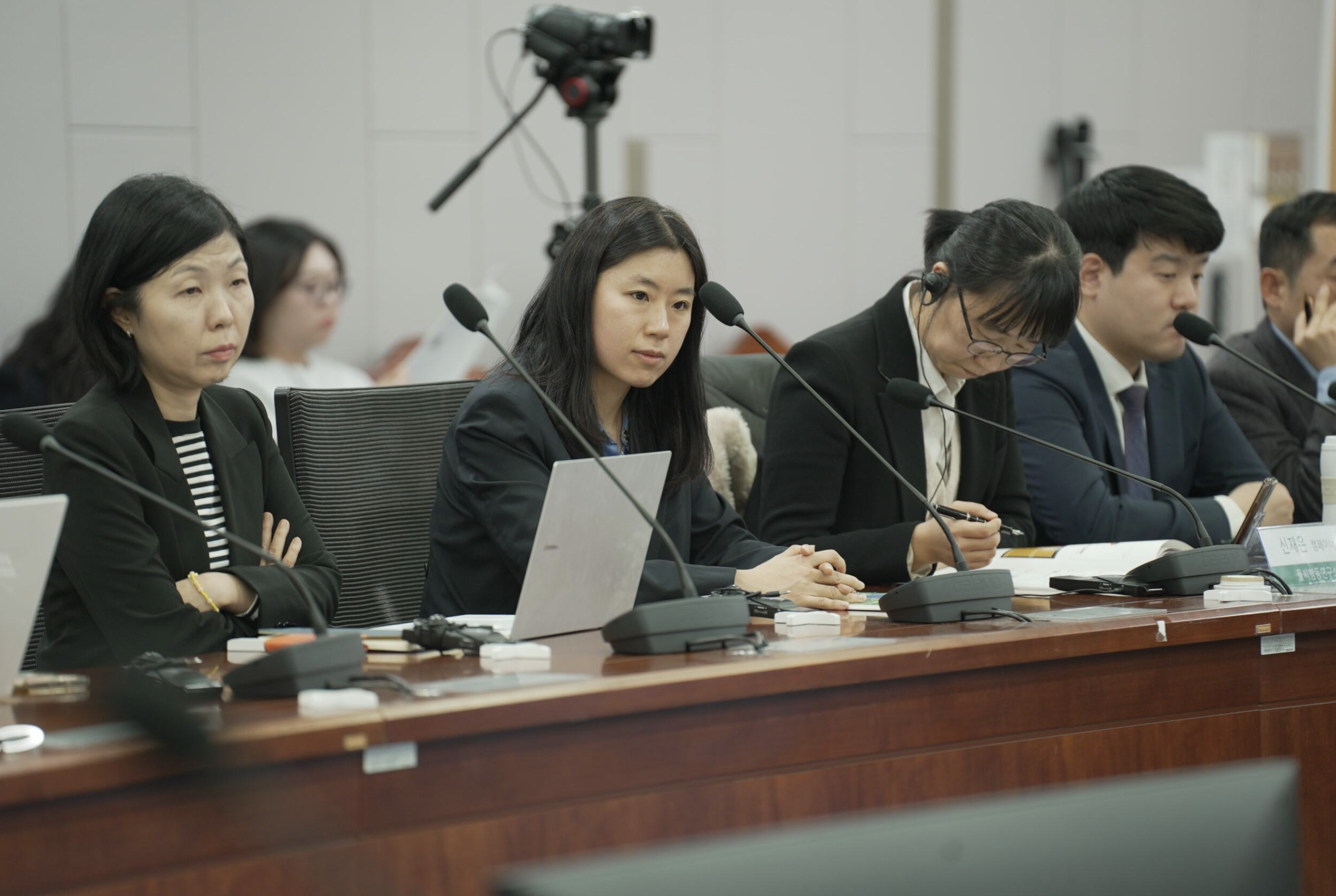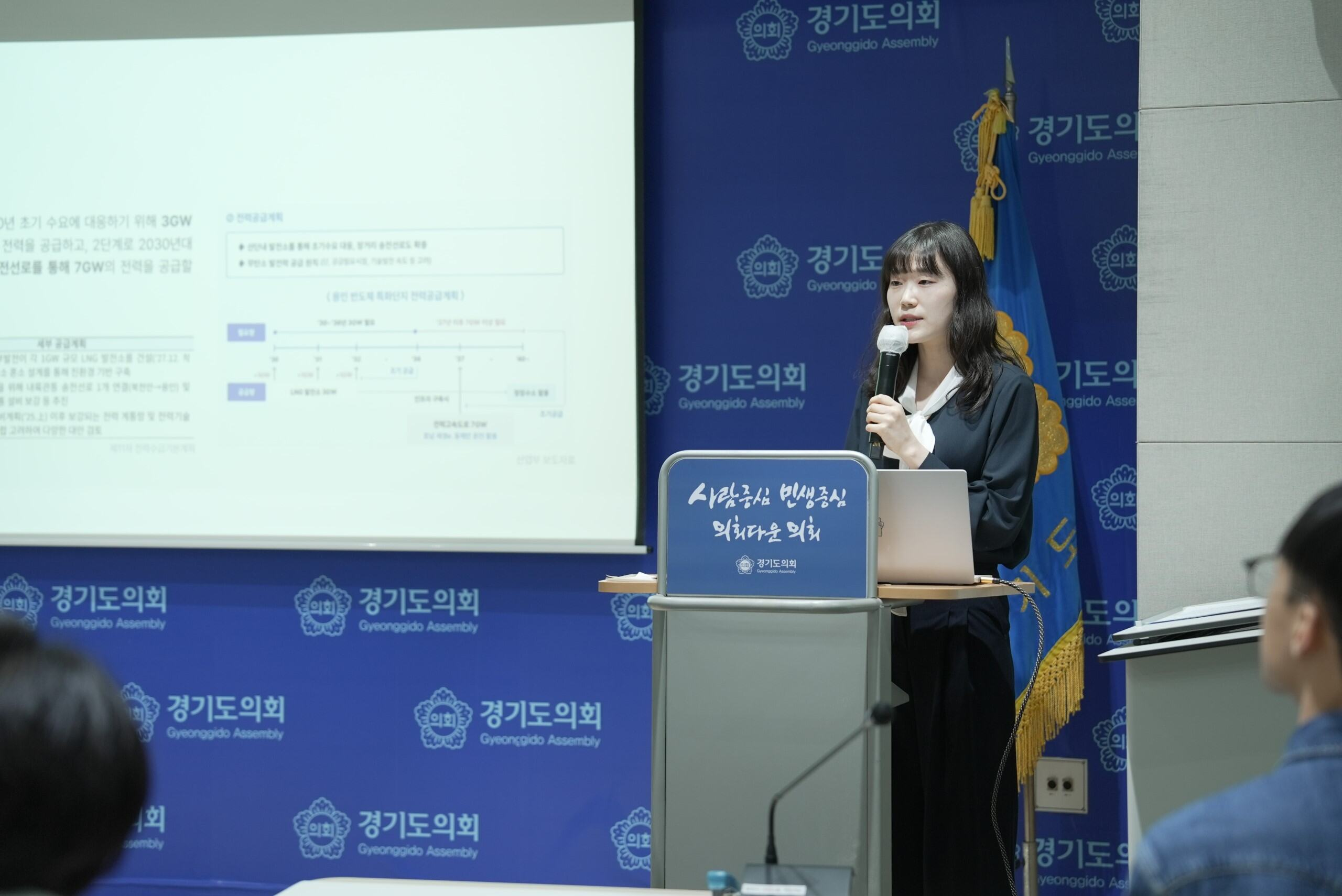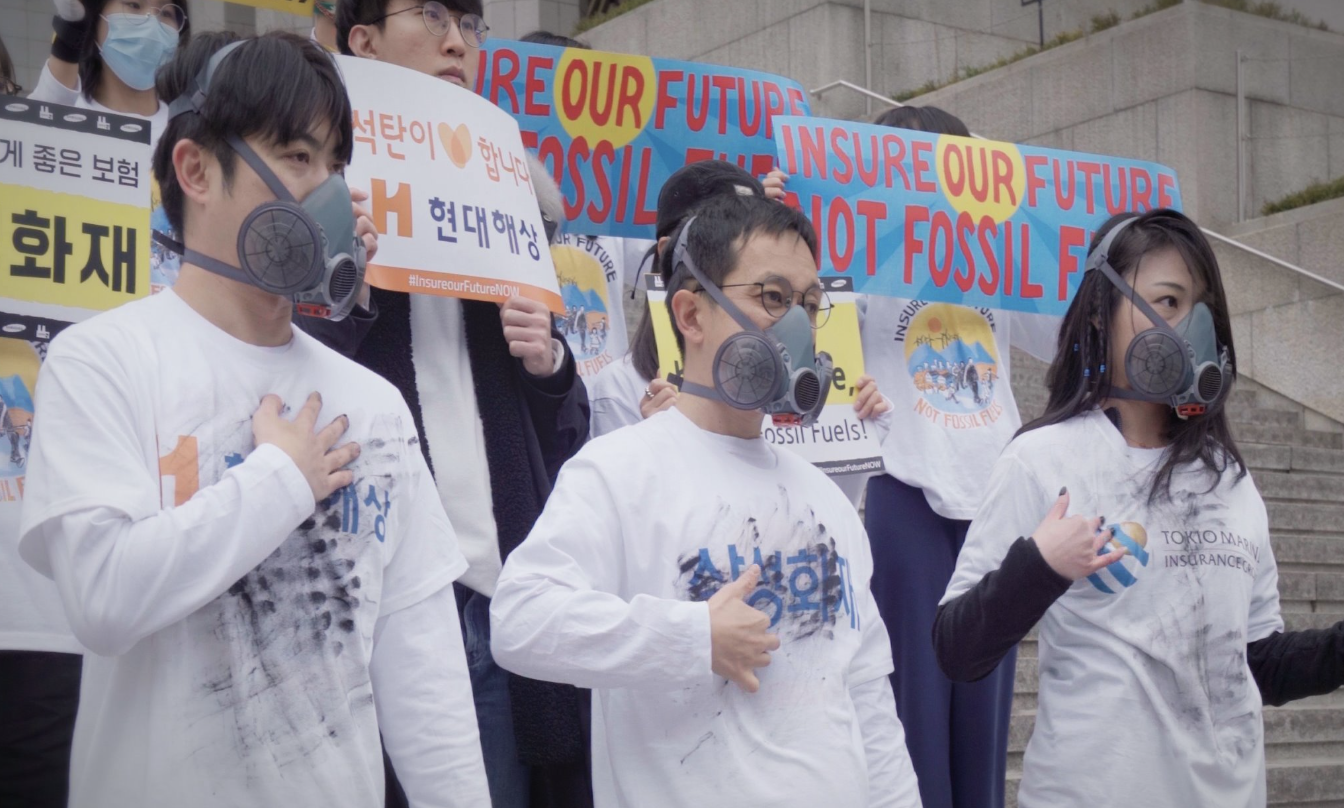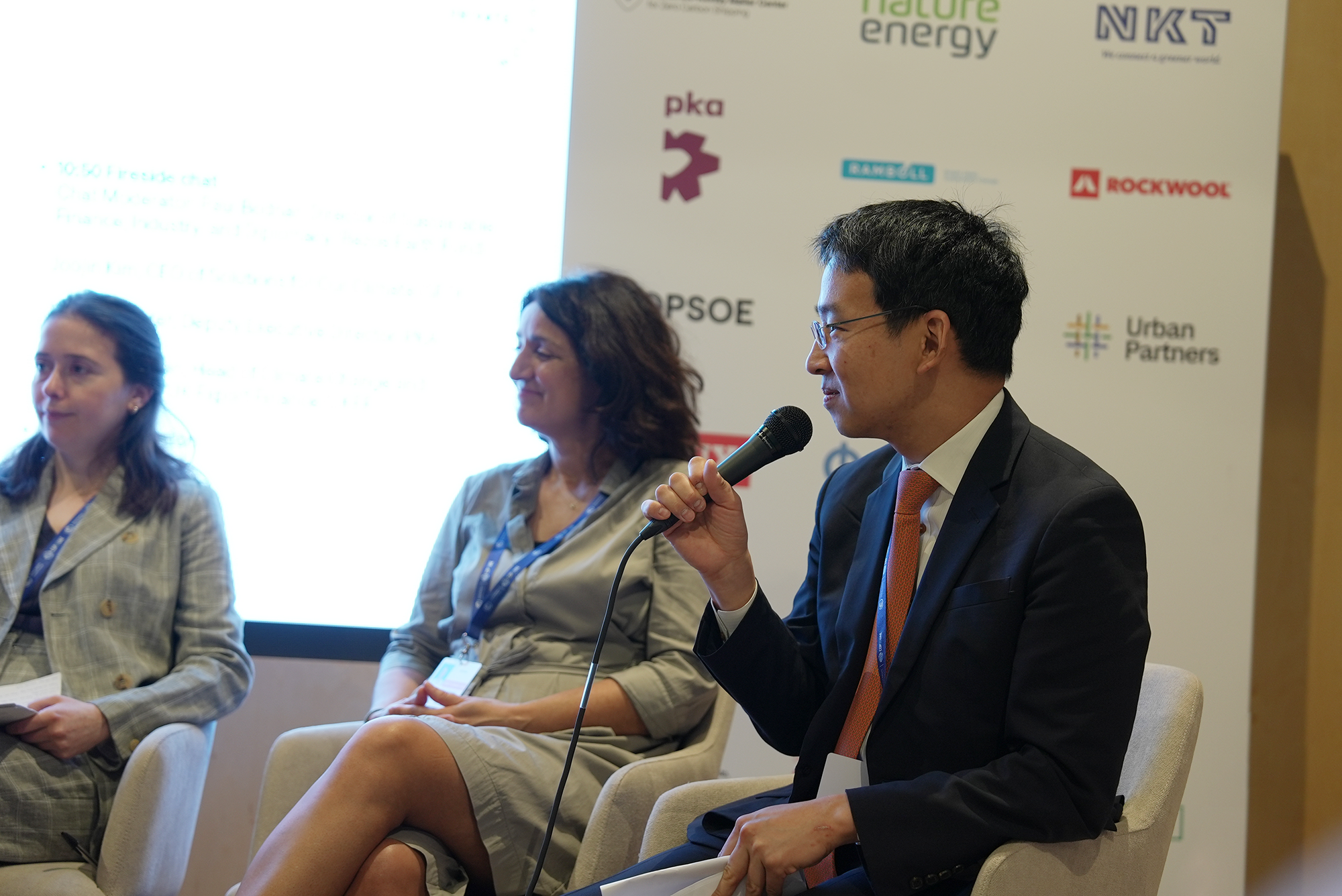
About
South Korea's public export finance agencies—currently among the world's largest supporters of fossil fuel infrastructure—face a strategic choice. Between 2020 and 2024, they committed KRW 61.3 trillion to overseas energy projects, with fossil fuels accounting for 74.5%.
This report provides the first quantitative assessment of how realigning with the global clean energy transition would reshape economic outcomes for South Korea. Using a newly compiled database of overseas energy projects and comprehensive value-chain analysis, it reveals a counterintuitive finding: transitioning from fossil fuel to clean energy financing could more than double jobs by 2035 while significantly increasing GDP contribution.
The analysis covers the complete value chains of both fossil fuel projects (oil and gas production, transportation, refining, petrochemicals, power generation) and clean energy projects (solar PV, wind, energy storage systems, battery manufacturing), examining four scenarios aligned with IEA climate pathways through 2035.
Executive summary
Korea's continued fossil fuel financing may actually cost jobs rather than create them. Under a Net-Zero pathway, total employment supported by public export finance reaches 110,616 full-time positions in 2035—59,119 more jobs than maintaining current fossil-dominated portfolios. Clean energy expansion contributes 73,594 additional positions across the economy, a more than tenfold increase, while fossil fuel employment declines by 14,475 positions.

The economic case is equally compelling. Value-added contributions rise from 0.18% of 2024 GDP to 0.42% under Net-Zero scenarios, with clean energy investment adding KRW 6,591 billion in value—growing from KRW 520 billion to KRW 7,111 billion.

Yet Korea's three main export finance agencies—KEXIM, K-SURE, and KDB—have declared carbon neutrality commitments without concrete phase-out plans. Current financing patterns show natural gas (58.1%) and oil (16.3%) dominating portfolios, concentrated in Middle East and Southeast Asian markets facing heightened stranded asset risks. Clean energy support, meanwhile, focuses on battery manufacturing rather than generation infrastructure.
The transition requires strategic portfolio redirection. Initially, shifting to 100% clean energy by 2040 while maintaining current financing levels reduces unit economic impacts due to lower domestic content. However, enhanced export competitiveness and localized supply chains—similar to Korea's LNG carrier dominance built through public financing—could increase unit value-added from KRW 0.49 to 0.65 billion per billion KRW financed.
The global clean energy transition is not a threat to Korea's export economy—it's the path to doubling its economic impact.
Key findings
Portfolio composition (2020–2024):
Total energy-related public export finance: KRW 61.3 trillion
Fossil fuels: 74.5% (Natural gas 58.1%, Oil 16.3%)
Clean energy: 25.5% (Battery manufacturing 11.9%, Solar PV 6.4%, Wind 6.3%, ESS 0.9%)
Economic impacts by 2035 under Net-Zero pathway:
Employment: 110,616 FTE total—115% increase (59,119 additional jobs) vs. business-as-usual
Value-added: KRW 9.56 trillion—133% increase (KRW 5.46 trillion additional) vs. business-as-usual
GDP contribution: Rises from 0.18% to 0.42% of 2024 GDP
Clean energy jobs: Increase more than tenfold, from 5,812 to 79,406 FTE
Fossil fuel jobs: Decline by 14,475 FTE
Value chain shifts:
Battery manufacturing becomes dominant driver, rising to 51% of total value-added under Net-Zero
LNG carriers and refining/petrochemicals—currently 64% of impacts—gradually lose economic significance
Clean energy financing currently concentrated in manufacturing rather than generation assets
Geographic patterns:
Clean energy support flows to advanced economies (US, Europe)
Fossil fuel support concentrates in Middle East and Southeast Asia
Stranded asset risk highest in regions receiving continued fossil infrastructure financing
Portfolio redirection potential:
Full shift to clean energy by 2040 at current financing levels initially reduces unit impacts
With enhanced competitiveness and localized supply chains, unit value-added could rise from KRW 0.49 to 0.65 billion per billion KRW
Employment intensity could increase from 6.14 to 6.59 FTE per billion KRW financed
Policy gap:
All three agencies (KEXIM, K-SURE, KDB) committed to 2050 carbon neutrality
None has published concrete phase-out schedules for oil and gas financing
Current policies contrast with major economies aligning ECAs with climate commitments

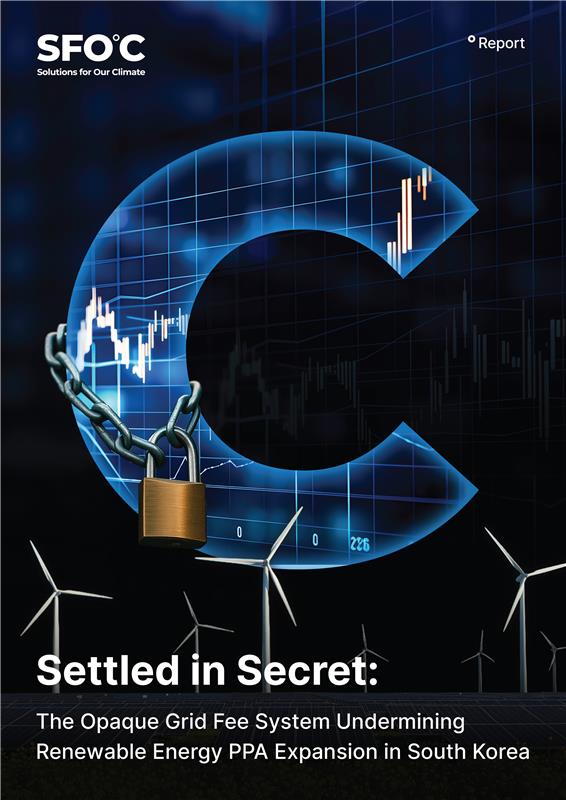



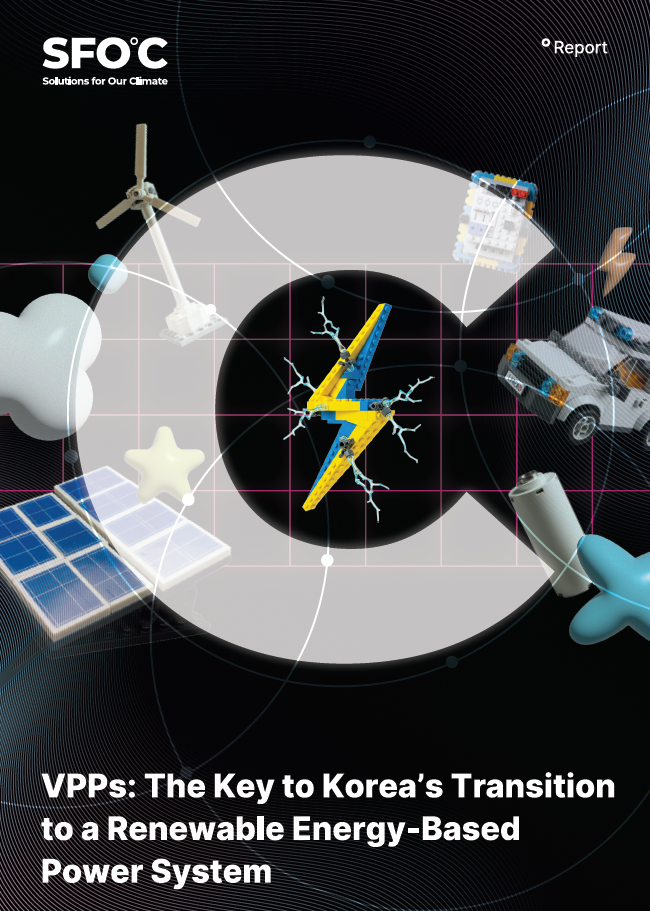
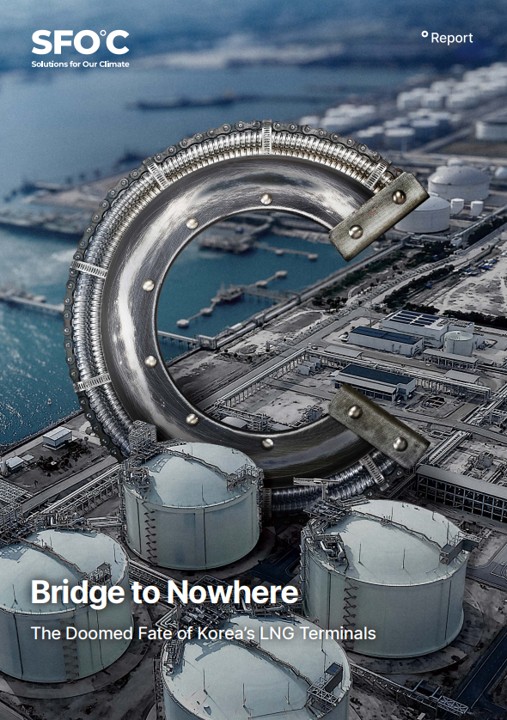



















![[Brief] South Korea’s international public finance continues to block a just energy transition](https://content.sfoc.tapahalab.com/images/research/RC5Kime.jpg)


![[Report] The Inconsistent 'Coal-Free Pledge' of Korea's National Pension Service](https://content.sfoc.tapahalab.com/images/research/VcDPdme.jpg)





![[토론회] 한국형 녹색분류체계(K-Taxonomy), 무엇이 녹색경제활동인가](https://content.sfoc.tapahalab.com/images/research/bn8jdme.jpg)
![[이슈 브리프] 탄소포집, 이용 및 저장기술(CCUS) 현황과 문제점](https://content.sfoc.tapahalab.com/images/research/SWESdme.jpg)


